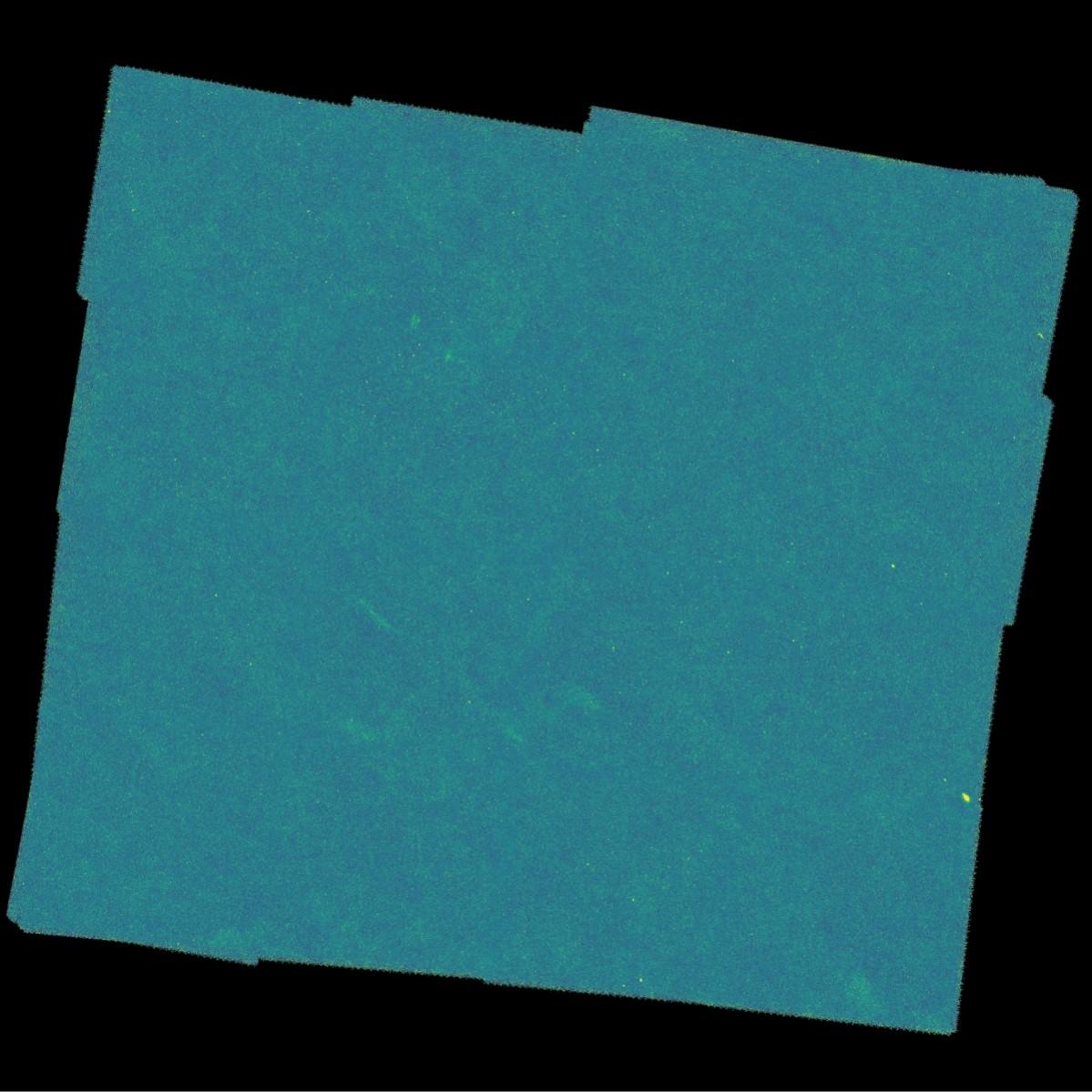
The universe is massive, but it is difficult to actually visualise just how big it truly is. The solar system, for example, is large, but it is a mere speck on the vastness that is the Milky Way galaxy, which is about 100,000 light years. That is a lot, but it is not a particularly large one. Milky Way's nearest neighbour- the Andromeda galaxy by itself is about 150,000 light-years across.
Milky Way contains about 400 billion stars, there are an estimated 100 billion galaxies that humans know of, but as technology to gaze into the universe increases, that number is expected to double. One such improvement in stargazing technology has given way to the featured image.
Every single visible speck of light in that image is an entire galaxy, each possibly containing hundreds of billions of stars, each star with multiple planets orbiting them. Suddenly the thought that life exists only on Earth seems implausible.
Released by the European Southern Observatory (ESA), this salt-and-pepper static image is actually a shot of what is known as the North Galactic Pole observed by the Herschel Space Observatory, says the report.
Each minute mark represents the 'heat' coming from galactic grains of dust that is found between stars of every galaxy. The light is travelling from across the universe to reach Earth, so the release says it took billions of years to get here, that means a majority of the light seen in the image originated well before humans, Earth and the solar system even existed.
North Galactic Pole was imaged by Herschel's Spectral and Photometric Imaging Receiver, SPIRE. Locations on a cosmic scale is defined using a coordinates system based on the Sun, notes the report. Scaled up to the size of the Milky Way, this system is a spherical one with the Sun at its core, it provides values for longitudes and latitudes in the night sky with respect to the Milky Way.
North Galactic Pole is far from the elliptical disc of the Milky Way, and it offers a clear view of the distant Universe beyond. For reference, one can see it near the northern constellation of Coma Berenices (Berenice's Hair). Here, there is an especially crowded galaxy cluster called the Coma Cluster. It is included in this image, adding over 1,000 visible specks.

















